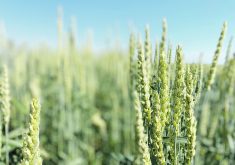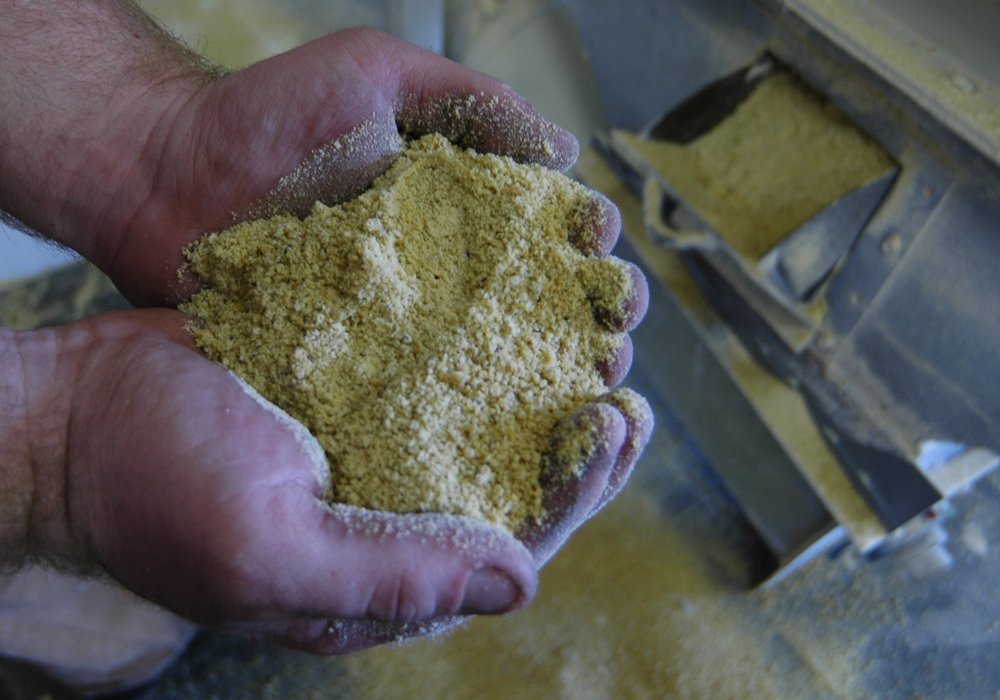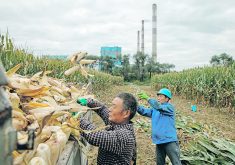Reaching a deal with importers could avoid costly market snags if traces of unapproved GM crops found in shipments
Canada is starting to gain some traction on getting importers to consider adopting low level presence policies.
Agriculture Canada has developed a policy model that it is using to promote discussions with key trade partners on the issue.
Low level presence (LLP) occurs when a small amount of genetically modified grain that has been approved by an exporting country accidentally ends up in a shipment to an importing country that has yet to approve the trait.
One high profile case of that occurred when Syngenta’s Agrisure Viptera and Agrisure Duracade corn varieties were found in shipments of U.S. corn to China in 2013 and 2014. The MIR162 trait had not yet been approved by Chinese regulators at that time.
Read Also

Critical growing season is ahead for soybeans
What the weather turns out to be in the United States is going to have a significant impact on Canadian producers’ prices
Archer Daniels Midland and a group of U.S. farmers later successfully sued Syngenta for commercializing the trait before Chinese approval. China started rejecting U.S. corn shipments, which caused prices to plummet.
The ADM settlement was confidential, but the American farmers received US$1.5 billion from Syngenta, which is now owned by the China National Chemical Corp.
The LLP policy that Canada has developed establishes a three percent threshold for contamination by a GM crop that has not been approved by an importer as long as it has been approved by at least one exporter in accordance with Codex guidelines and has been submitted for approval by the importer.
There is a separate 0.2 percent threshold for LLP resulting from things like dust and lingering traces of discontinued GM varieties.
Canada is sharing its model with 15 importing and exporting countries at the Global Low-Level Presence Initiative (GLI).
Krista Thomas, director of plant innovation with the Canada Grains Council, applauded the government for leading the initiative and for the work it has done on including LLP clauses in recent trade agreements.
“This issue absolutely remains a priority for Canada Grains Council. It’s one of the non-tariff trade barriers that we’re focusing on,” she said.
Canada’s grain industry would have preferred a five percent threshold because it better reflects the realities of shipping grain in a bulk handling system.
Thomas is hopeful that some importing nations will adopt LLP policies of their own within the next year or two based on the work that is being done at the global initiative.
“Even in the absence of a formal policy, we hope that the work of the GLI is going to put Canada in a much better position to have a conversation with those countries if an LLP situation were to arise,” she said.
Agriculture Canada first sought consultations on its LLP policy in the fall of 2011, so it has been a long road.
Thomas doubts the policy will ever be applied in Canada because Canada has a predictable and timely approval system for GM crops. It was designed more with the intent of convincing importers to adopt similar LLP policies.
Canada is also making progress on the LLP issue in the trade agreements it has been negotiating.
For instance, in the Comprehensive and Progressive Agreement for Trans-Pacific Partnership, there is a clause that requires countries to accept GM crop applications year-round instead of only at certain times of the year.
That is a step forward in helping eliminate unnecessary delays in approvals, minimizing the regulatory gap between exporters and importers and thus the need for LLPs.
The United States-Mexico-Canada Agreement went even further. It requires the three countries to accept applications immediately. Some countries, such as China, wait for products to be approved in exporting nations before starting their review, which can delay the process by three or four years.


















